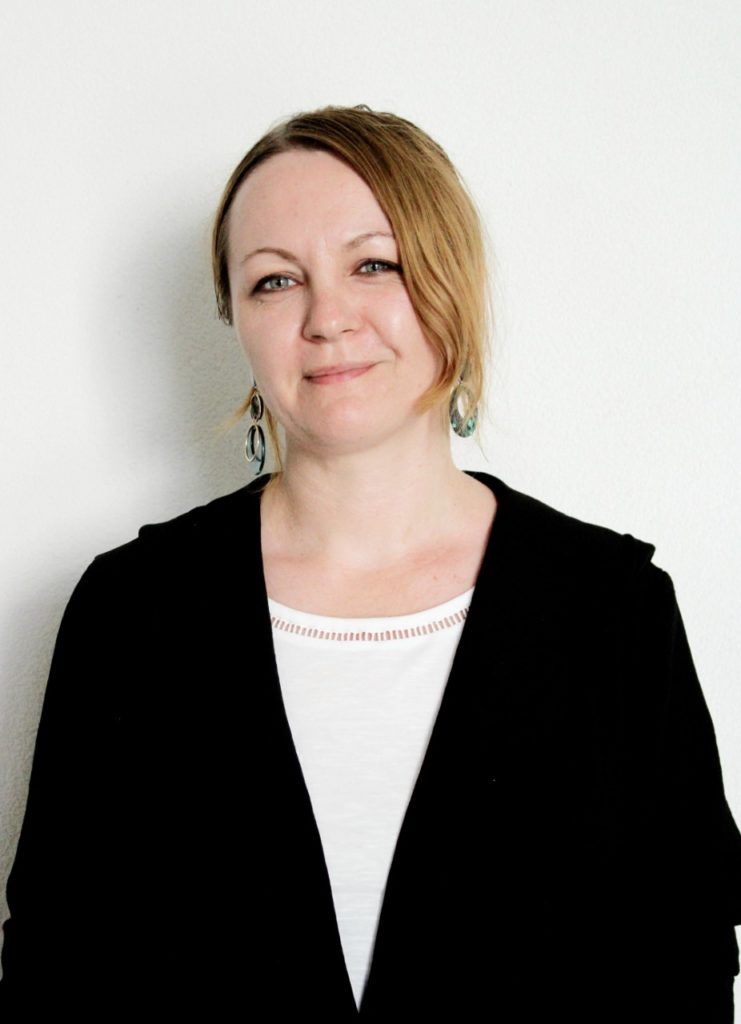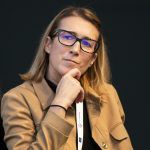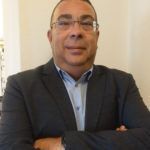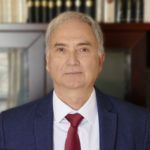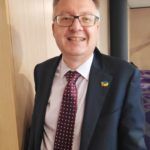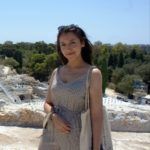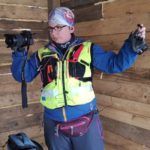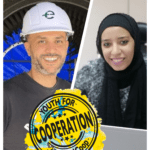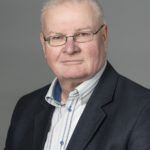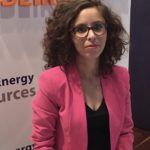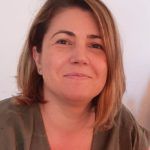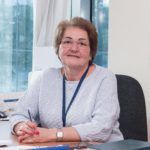Voices from the field
Simona Postolache
Training monks to manage religious archaeological relics
Căpriana Monastery is one of the oldest Christian places of worship in the Republic of Moldova and it has been – throughout time – one of the most important monastic centres to the East of Prut River. There was buried Gavriil Bănulescu-Bodoni – one of the most emblematic Metropolitan Bishops of Moldova, a key figure in the liturgical life of the 18th century in the Republic and responsible for the theological education of the Bessarabians. In 2016, on the canonization of Bănulescu-Bodoni, archaeological diggings were performed in his crypt, bringing up to the surface a treasure of invaluable interest for the universal cultural heritage and history. Now, the EnCaMo project – funded by the Romania-Republic of Moldova ENI CBC programme – has opened a religious museum with the archaeological findings at Căpriana Monastery, the first one of its kind in the Republic of Moldova. We talked about it with Simona Postolache, Public Relations responsible for the project.
What do you want to achieve through this project?
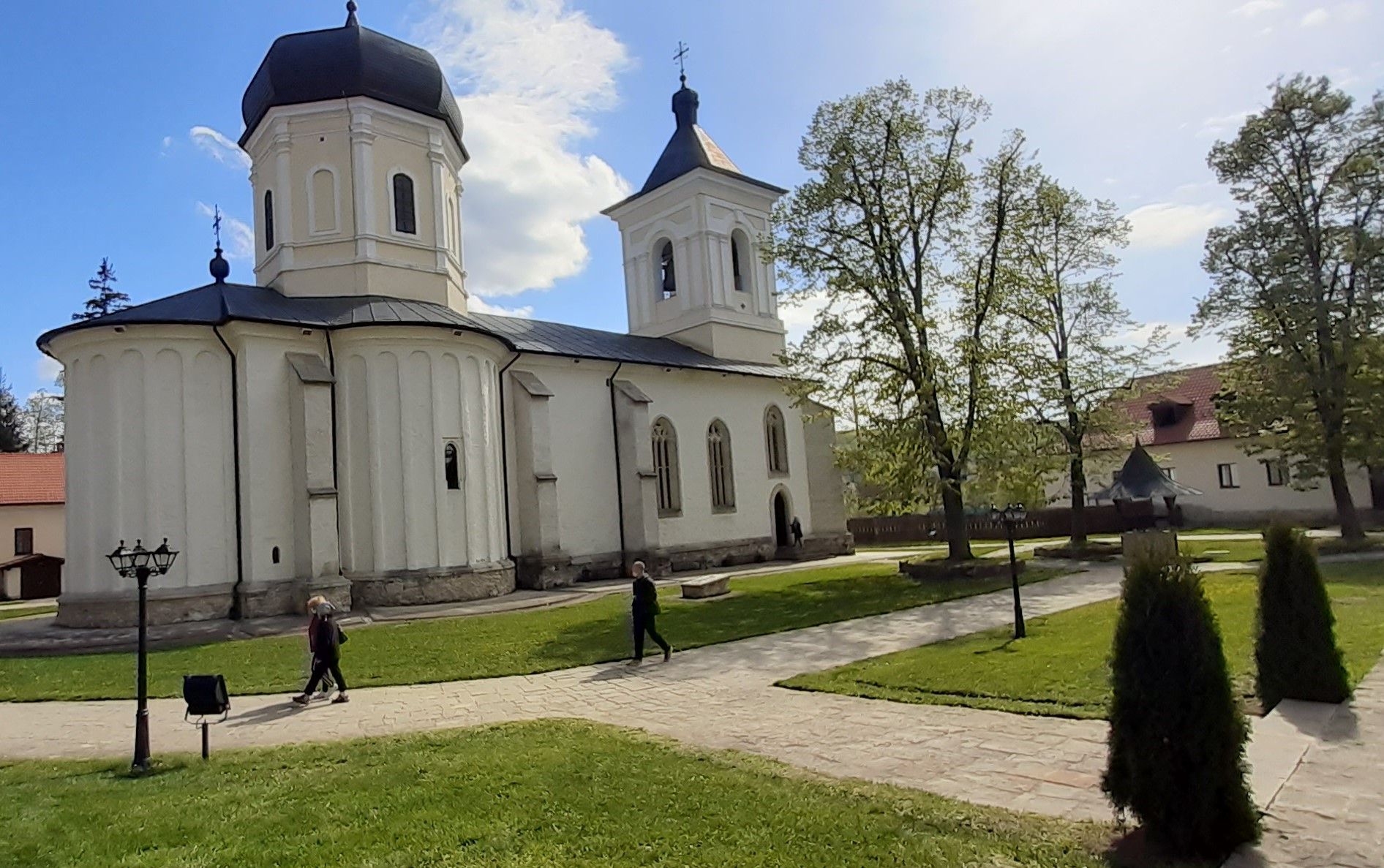 We want to conserve, valorise and promote the unique ecclesiastic heritage discovered in 2016. The two partners are “Moldova” National Museum Complex (CMNM) Iași, Romania, and Căpriana Monastery. Our partnership started years ago, prior to the implementation of EnCaMo project, when an interdisciplinary team from “Moldova” National Museum Complex of Iași took part in the diggings of Căpriana Monastery and transported the artefacts to Romania, where they were preserved, researched, and restored. Now, together with the monastery, we have managed to open a museum where this very special heritage will be conserved and accessible to the people.
We want to conserve, valorise and promote the unique ecclesiastic heritage discovered in 2016. The two partners are “Moldova” National Museum Complex (CMNM) Iași, Romania, and Căpriana Monastery. Our partnership started years ago, prior to the implementation of EnCaMo project, when an interdisciplinary team from “Moldova” National Museum Complex of Iași took part in the diggings of Căpriana Monastery and transported the artefacts to Romania, where they were preserved, researched, and restored. Now, together with the monastery, we have managed to open a museum where this very special heritage will be conserved and accessible to the people.
What was the road to set up the museum?
First, we had to identify an adequate space in terms of microclimate conditions, security and safety. After sanitizing it, we made several travels to perform measurements of the miroclimate. Every step of the process was done in accordance with the legislation of the Republic of Moldova regarding the preservation and conservation of the cultural heritage and to the Law of Museums. Then we began the procurement phase, to acquire special equipment for the measurements and corrections of the climatic conditions. These tools are very important to keep the levels of humidity and temperature at fixed levels, they detect the changes and correct them as necessary to keep the archaeological artefacts in a perfect state.
And what is making this museum so special?
It is characterised by a scientific and modern museography conception. It is hosted in the beautiful Căpriana Monastery, where all artefacts discovered in the tomb of Gavriil Bănulescu-Bodoni, from his clothing and shoes to pieces from the coffin and votive offerings, can be found. Furthermore, you can find roll-ups and posters documenting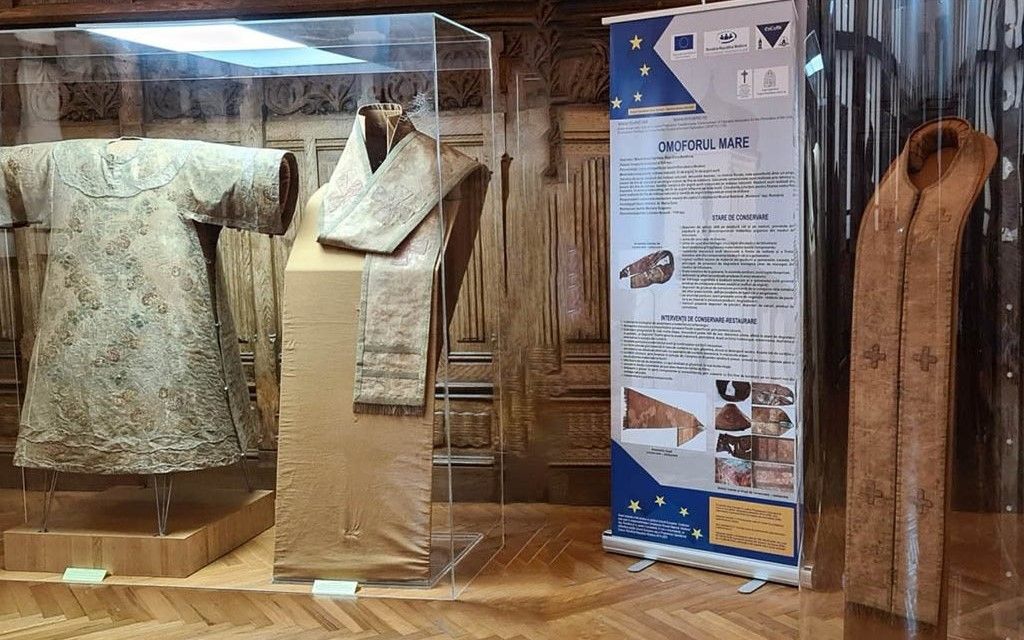 the techniques employed for the conservation and restoration of the artefacts. Thanks to the “before and after” pictures, you can appreciate the importance of the restoration process. It is really impressive. Of course, you can also learn about the history of the Monastery and the merits of the Metropolitan bishop. For that, we have a digital “info-touch” display system together with leaflets and posters; the information is both in Romanian and English.
the techniques employed for the conservation and restoration of the artefacts. Thanks to the “before and after” pictures, you can appreciate the importance of the restoration process. It is really impressive. Of course, you can also learn about the history of the Monastery and the merits of the Metropolitan bishop. For that, we have a digital “info-touch” display system together with leaflets and posters; the information is both in Romanian and English.
Why have you organised training courses, and for whom?
 We have trained the monastic staff of Căpriana Monastery with regards to the preservation of exhibition objects and storage spaces. We noticed the lack of information and experience in this field in the Republic of Moldova. Therefore, considering the opening of the first religious museum with archaeological artefacts in the Republic of Moldova, we organised two training sessions for the clergyman of the Monastery. The monastic staff travelled to Iași, where our specialists showed them how to work with the tools and the special equipment aimed at the protection and preservation of the patrimony. The clergyman visited the inside of our museum where they could see how our exhibitions are organised and how we take care of the storage rooms. They also got acquainted with our centre for conservation and restoration of the cultural heritage. It was a great experience; it was something completely new for them and they were extremely thrilled to be involved in such a great endeavour. Apart from the training, we have drafted a Guidebook in English and Romanian precisely on the legislation, best practices and solutions for the conservation and protection of the cultural heritage.
We have trained the monastic staff of Căpriana Monastery with regards to the preservation of exhibition objects and storage spaces. We noticed the lack of information and experience in this field in the Republic of Moldova. Therefore, considering the opening of the first religious museum with archaeological artefacts in the Republic of Moldova, we organised two training sessions for the clergyman of the Monastery. The monastic staff travelled to Iași, where our specialists showed them how to work with the tools and the special equipment aimed at the protection and preservation of the patrimony. The clergyman visited the inside of our museum where they could see how our exhibitions are organised and how we take care of the storage rooms. They also got acquainted with our centre for conservation and restoration of the cultural heritage. It was a great experience; it was something completely new for them and they were extremely thrilled to be involved in such a great endeavour. Apart from the training, we have drafted a Guidebook in English and Romanian precisely on the legislation, best practices and solutions for the conservation and protection of the cultural heritage.
Have you carried any promotional activities for the museum?
Yes, we set up a website in Romanian and English, gathering all the results and news concerning the project. Then, before taking the artefacts to the Monastery of Căpriana, we organised in Iași a temporary exhibition displaying the objects and the restoration process. This exhibition received more than 2000 visitors in only two weeks. At the same time, we held an international symposium with guests from Romania and Moldova and meetings with representatives of travel agencies in order to introduce Căpriana Monastery Museum in their touristic circuits. Additionally, we opened a 5-year-long exhibition in our museum, based on immersive technology to present what can be seen in Căpriana Monastery. Both exhibitions in Iași were very important since they were hosted in our big museum complex, in the centre of the city, so they could have a great impact and reach different audiences.
What other benefits do you think this cooperation initiative has brought to the regions involved?
Besides restoring, preserving, and displaying a great cultural patrimony, the project is contributing to the economic development of the region. The potential of the religious cultural heritage as a resource for the economic growth and social development can be further explored. It is a fascinating world and it needs to be opened to the entire population: in this sense, the educational component of our exhibitions is also very important. Additionally, our project can be easily adapted to other monastic complexes: based on our experience, the EnCaMo project will probably lead to the opening of new religious museums in the Republic of Moldova.
